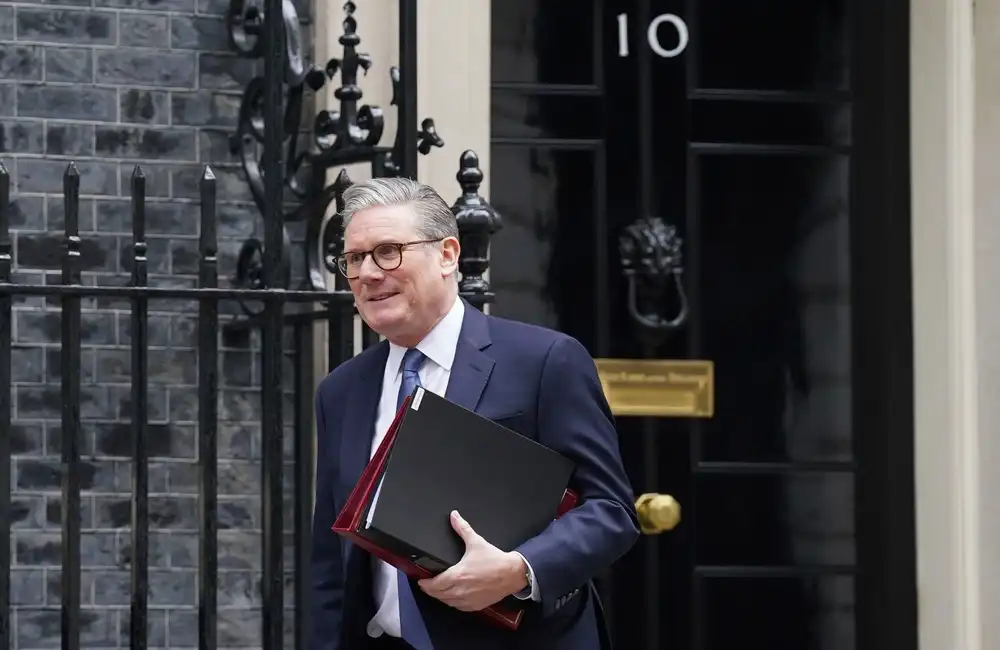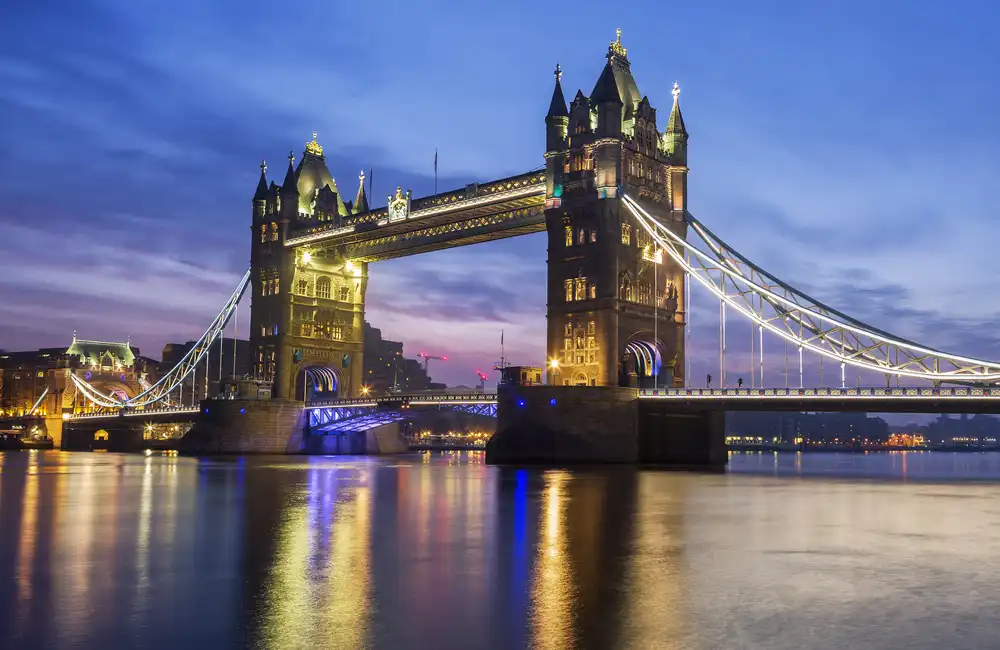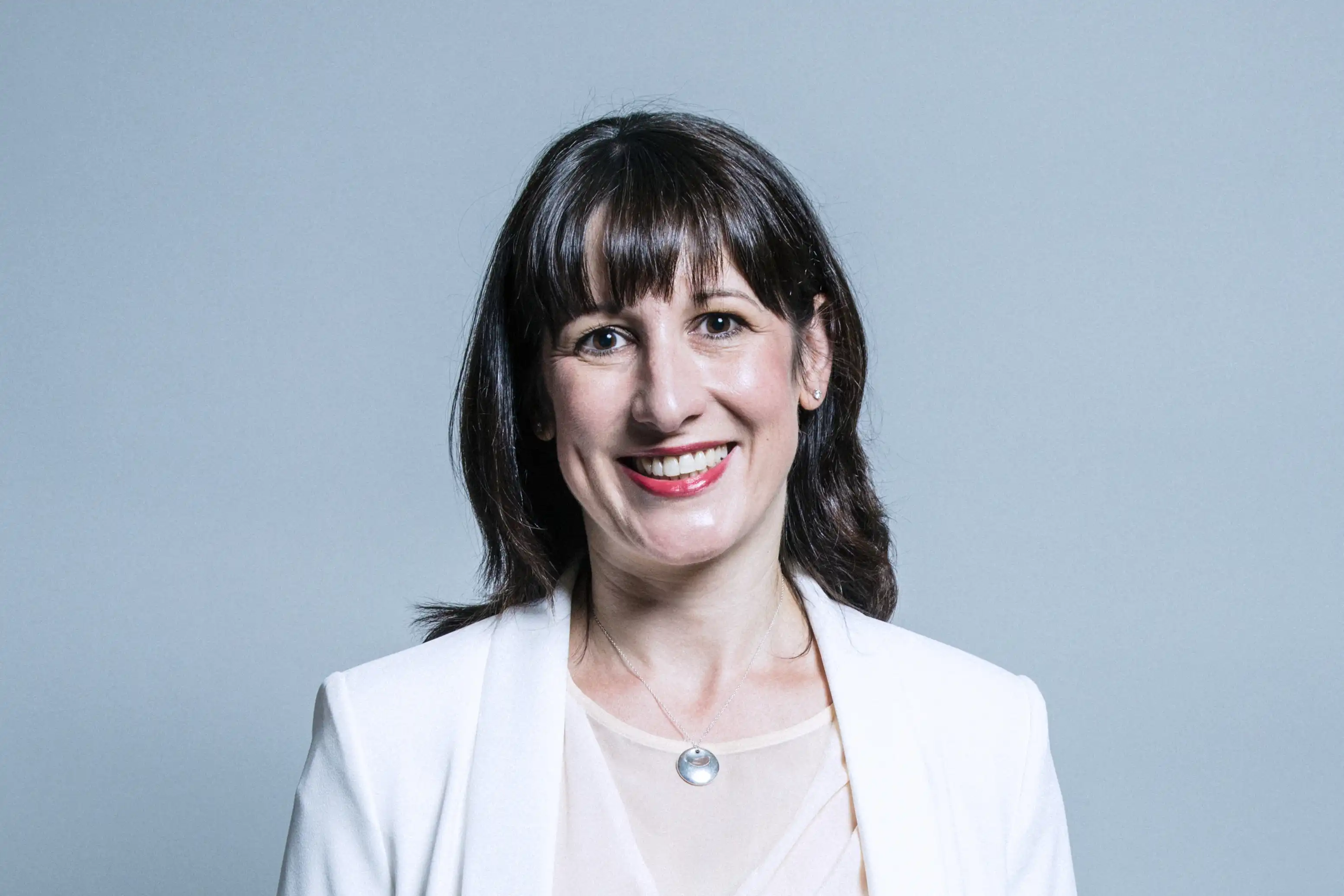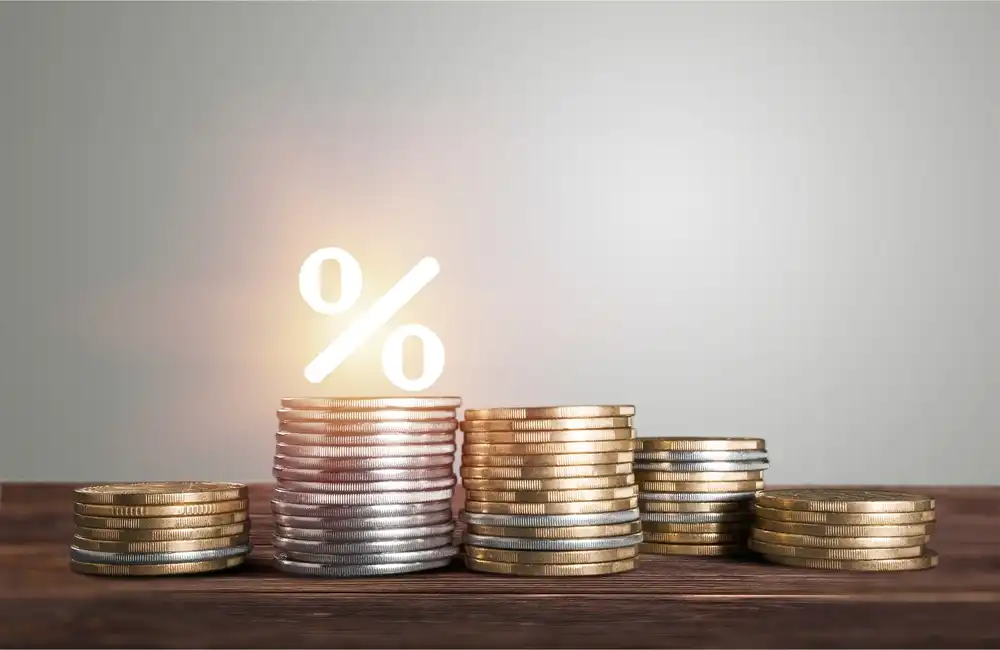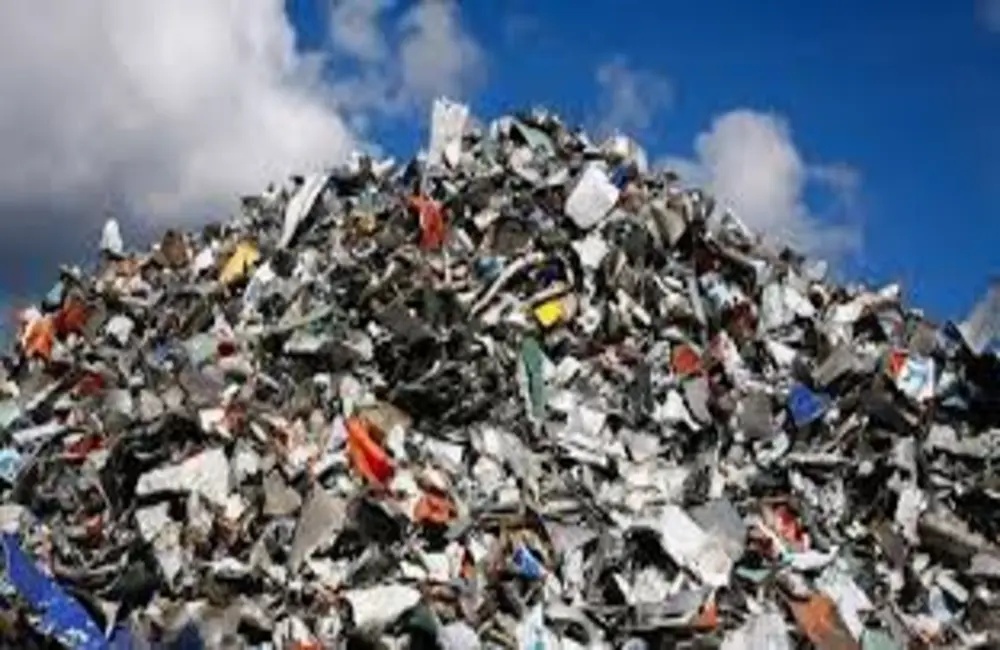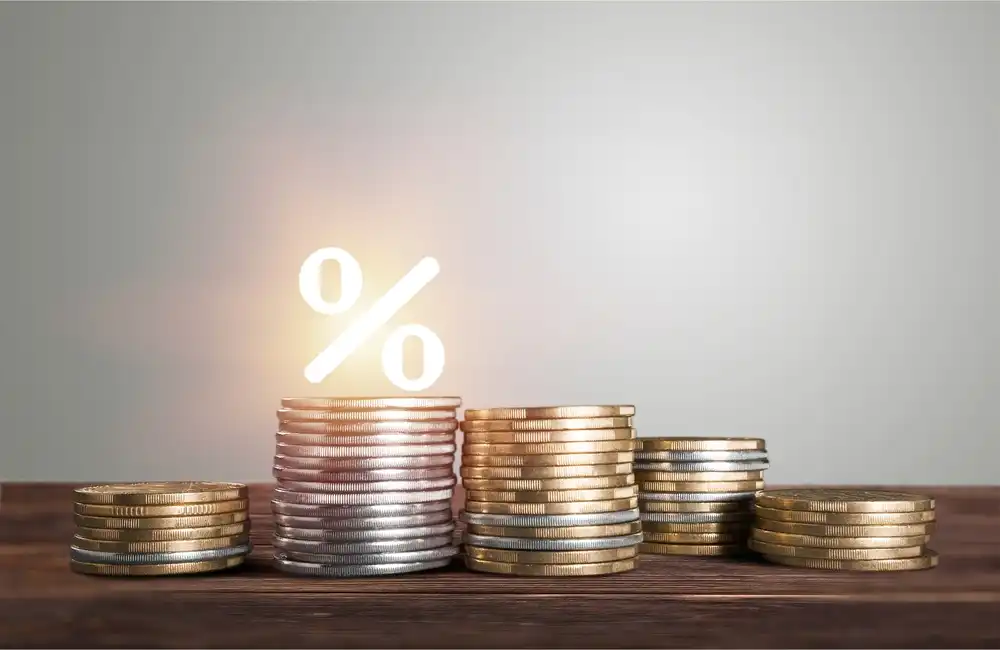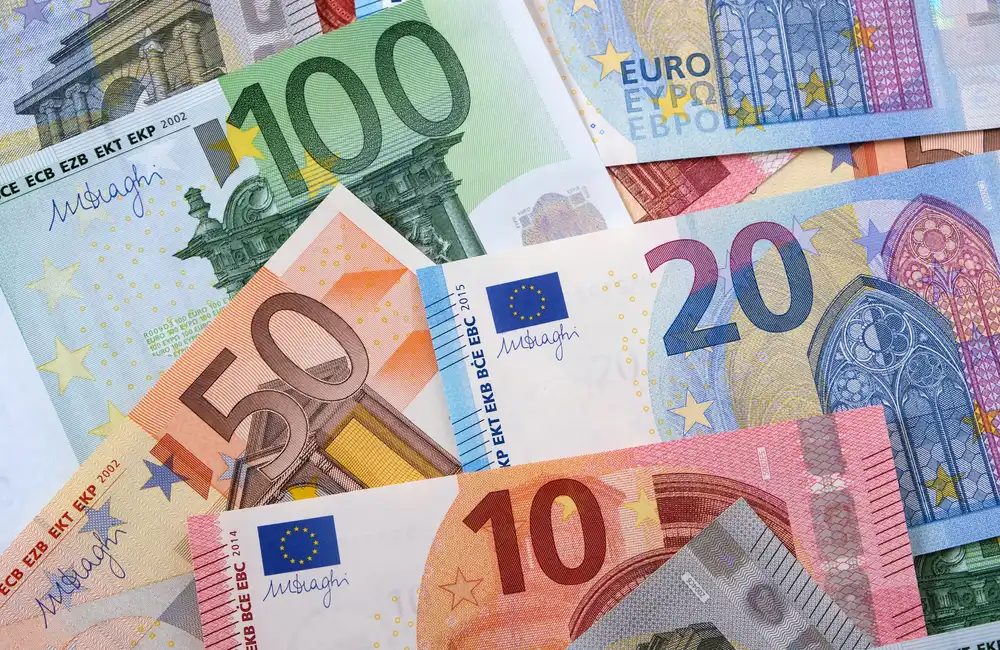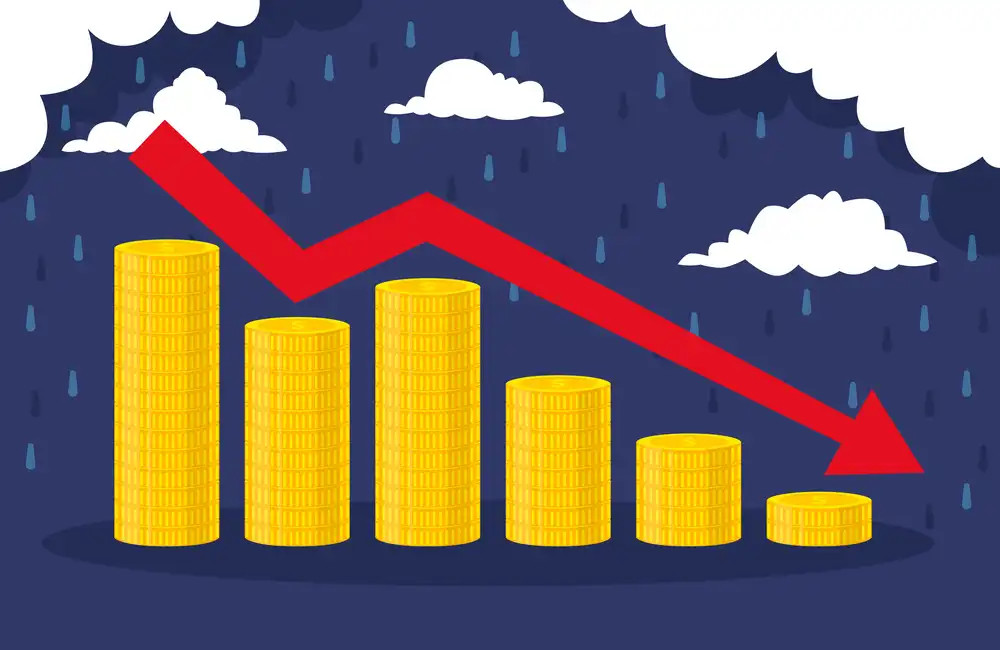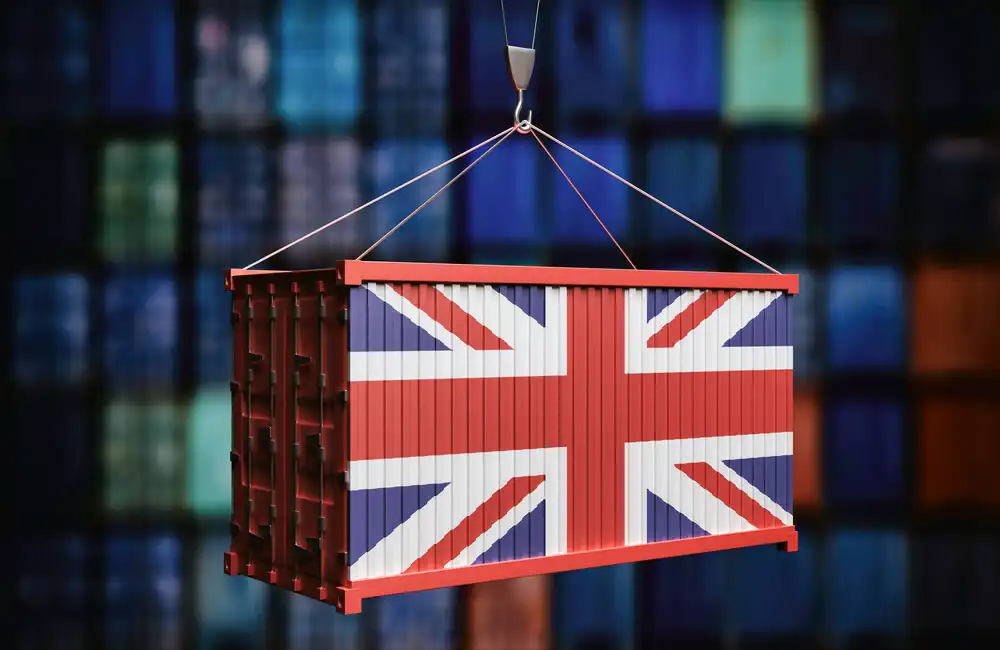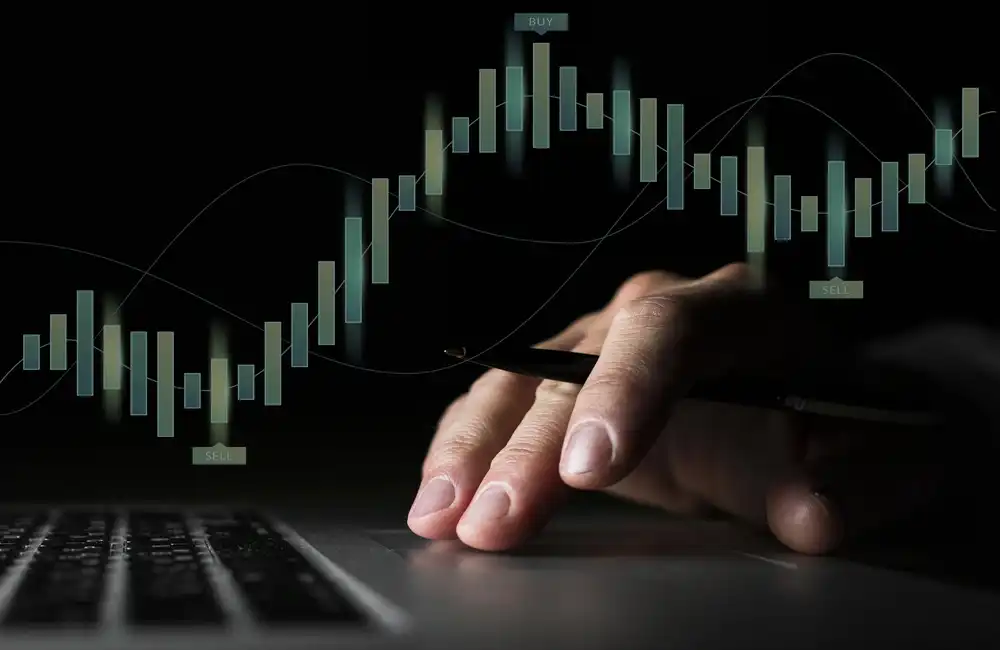Recycling represents a “step change” for the metals sector and have significantly increased demand for the scrap and driven prices higher as companies or consumers have recognized the value of recycled material and green premiums for low-carbon metals are taking shape, attendees at the Financial Times Commodities Global Summit heard March 21.
Green Premiums, Recycling, and Market Dynamics in the Metals Industry
“What has a step change now is on recycled material, we will see more recycling and scrap prices will move higher to incentivize more collection,” Eoin Dinsmore, head of base metals demand and markets, CRU, told the summit, which was held in person in Lausanne, Switzerland, and virtually. China is partially influencing scrap markets as it becomes more discerning on scrap and "competes" for higher-grade material globally, the analyst added.
Copper scrap in prior years priced at an $800/mt discount to a metric ton of primary copper but now trades at a $300/mt discount, Dinsmore says. “The market is valuing different things besides green premiums,” he said.
You have mandatory recycled content in some product areas in China now,’ said Sarah Macnaughton, principal analyst, CRU Sustainability.
Demand for ferrous scrap has surged in recent months as less-carbon-intensive steel production in electric arc furnaces based around ferrous scrap has boosted prices, coal has been left behind in steel industry decarbonization.
S&P Global Commodity Insights pegged Turkish imports of premium heavy melting scrap 1/2 (80:20) at $655/mt CFR March 21, up $2/mt from March 18 and close to all-time highs as supply and logistics constraints resulting from the Russia-Ukraine crisis weigh.
Two Types of Green Premiums
There are two categories of green premiums: price premiums for low-carbon metals and environmental, social and governance certifications, which more and more are required for market access, the panelists at the event agreed.
Green price premiums are already developing for lower-carbon products, but at a relatively low level, about 20 MT/mt for low-carbon aluminum and a relatively small number of products. The market for green price premiums is still small, because “green” production is still a small part of the market in most cases, and standards defining “green” products are still under development, they said.
ESG certification is far more established and wide-ranging, typically encompassing groupings including the Copper Mark and the Aluminium Stewardship Initiative in membership criteria. It is increasingly being demanded at the capital market and investors' level while individual consumers and consumer companies (OEMs) are also playing an important role. The panelists said.
“There must be more to green than just carbon – there are so many other things industry can do to improve the social and the nature side,” said Jamie Strauss, founder and chief executive of Digbee, a technology company dedicated to improving the environmental, social, and governance (ESG) performance of the mining industry. According to him, Standardization is key to the establishment of green and ESG credentials.
LME Advances
New responsible sourcing reporting criteria are being phased into LME metals trading effective June, which will potentially become a premium on the value chain, according to Georgina Hallett, chief sustainability officer at London Metal Exchange. “We’re a fast-approaching point where metal shouldn’t be traded if it isn’t responsibly sourced, or where people don’t expect to pay the same price for it,” she added. "This is Osh and risk-compliance teams of big banks and trading firms."
But when the LME decides to bring low-carbon metals contracts onto the exchange, likely in “multiple years,” is up to itself, Hallett said. In aluminum, this could not happen for at least five years, given the current low levels of low-carbon trading, too low for the introduction of a dedicated contract to be worth it, she said.
“The LME must ensure its prices are a true reflection of what’s happening in the real world,” she said, adding that an introduction of low-carbon contracts would likely require large amounts of non-green metal to be taken off the exchange.
Premiums or discounts can also emerge in different market conditions, Hallett noted, concerning when the aluminum metal market was under the influence of warehouse queues, when the LME price was seen as a discount because it was the price of aluminum jammed in a queue.
CRU’s Dinsmore said it was still early to bring new green contracts to exchanges like the LME, given low volumes of green metal and a lack of standardisation. For example, when it comes to aluminum production, the lowest emitter emits 2 mt of CO2 per metric ton of aluminum, while the highest emits 17 mt CO2 per metric ton.
Mainly High-Carbon Warehouse Aluminum
Most of the aluminum in metals warehouses is high-carbon material, Dinsmore said, adding that he believes it could take at least five-10 years for the industry to change its carbon footprint, though the greening of the grid could provide benefits sooner.
“We don’t actually have clear carbon pricing yet, and we are very far from there,” the CRU analyst said, adding that this will be another severe step change once it gets fully formalized, directly impacting green premiums.
The EU's proposed Carbon Border Adjustment Mechanism may compound risks to an EU industry already grappling with elevated gas and electricity prices, Dinsmore said. In the longer run, CBAM may be closely scrutinized in the EU, as it can increase the financial allure of low-carbon manufacturing elsewhere, the analyst said.
The Russia-Ukraine war has focused attention on the fact that Russia delivers some of the lowest-carbon aluminum and nickel in the world, he said.


